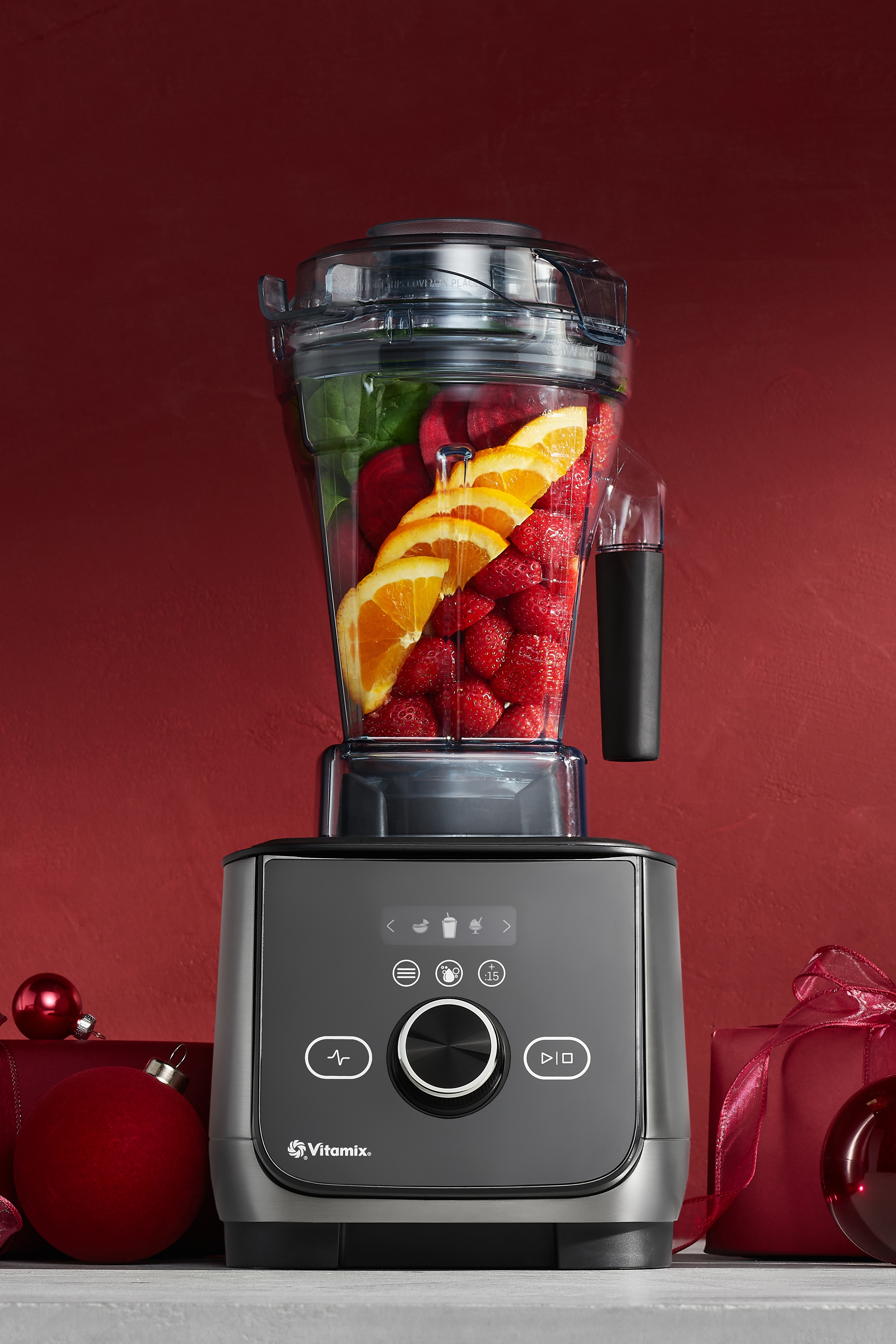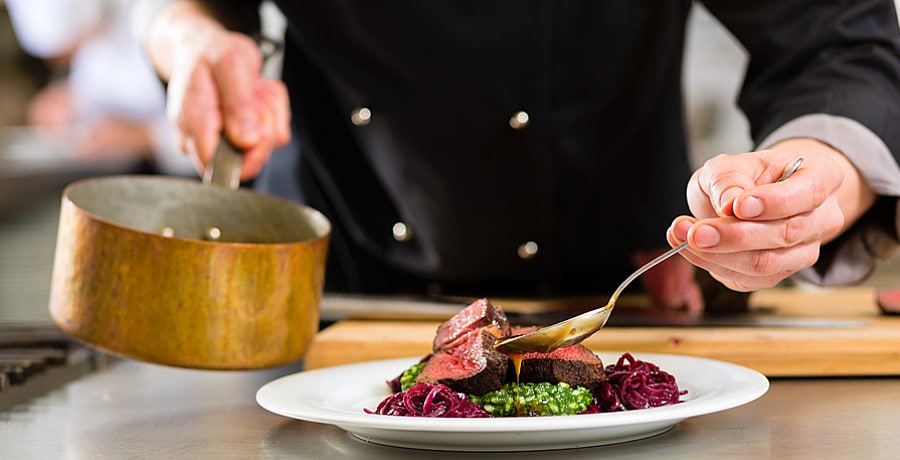The restaurant world is cutthroat, and mastering simple tricks, like using food cost formulas, can be the difference between profitability and failure. It's important to learn how to calculate certain numbers in order to make the most of your inventory. It's also crucial that you know which plates are most profitable when they come out of the kitchen. Here are some tips to help you succeed:
Start by Figuring Out How Much You Spend on Food
One crucial food cost formula is the equation used by chefs to calculate the percent of total sales and the dollar amount that was spent on the cost of food sold. To determine your restaurant's food cost, follow this formula:
Cost of Goods Sold (COGS) = (Beginning Inventory + New Inventory Purchased) – Ending Inventory
You can also express your restaurant food cost as a percentage of sales by following this formula:
(COGS / Total Sales) x 100
Determine How Much You Should Be Spending
Calculating your theoretical food cost can tell you how much you should aim to be spending on food. Comparing your theoretical food cost to your actual numbers can help you decide where you should be cutting back. To determine how much you should be spending on a dish, you'll need to know how much of each ingredient goes into it. You'll also need to know the nonfood costs of the dish, including what you pay for napkins, bags, and plates, the number of units (dishes) you've sold, and the total sales dollars made from the dish. Here are the two equations you'll need:
Theoretical COGS = (Dish A Food Cost x Units of Dish A Sold) + (Dish B Food Cost x Units of Dish B Sold) + (and so on)
Theoretical Food Cost (as a percentage) = Theoretical COGS / Food Sales
Make the Most of Your Drink Menu
Believe it or not, restaurants don't always reap the biggest profits from their plates, but rather, from their glasses. Beverages are often the most profitable items sold at restaurants, and if you're lucky enough to have a liquor license, you can use this to your advantage by creating exotic cocktail menus and making the most of the ingredients already being used in the kitchen. For instance, you can get creative with food waste by incorporating orange peels or vegetable purees into your alcoholic offerings. Soft drinks, tea, and coffee also have high margins that are in your favor.
Add Carbs
Plates that feature carbohydrates as the main ingredient can be extremely profitable. For instance, potatoes and pasta are a chef's dream because they're inexpensive, people love them, and they're very filling. They're also the perfect blank canvas for flavor. With the right ingredients, you can make these two simple staples give off a perception of value while also allowing your cost margins to flourish.
Get Creative with Your Menu
These days, there's no industry-wide rule of thumb on how you should manage your menu. It's fair to say that changing your menu seasonally is probably the bare minimum that's expected of high-caliber restaurants. When planning a new menu, try to base it around ingredients that can be used in multiple dishes and in creative, unexpected ways that will wow your guests. Use bang-for-your-buck ingredients that are low cost, full of flavor, and visually appealing to add perceived value to plates.
Final Thoughts
When finding ways to cut down on food costs, make sure they don't negatively impact your food quality. This could decrease your profitability, and the cost-cutting measures you took could be a lost cause. Follow these tips, and use a food cost formula to help you decide where you need make cuts.



